The CHARA Array
Current status and upcoming changes
nic scott
Telescope Systems Scientist
The CHARA Array









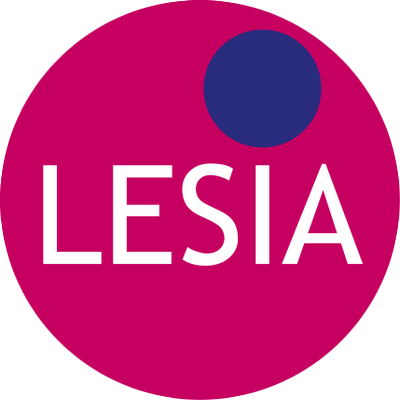


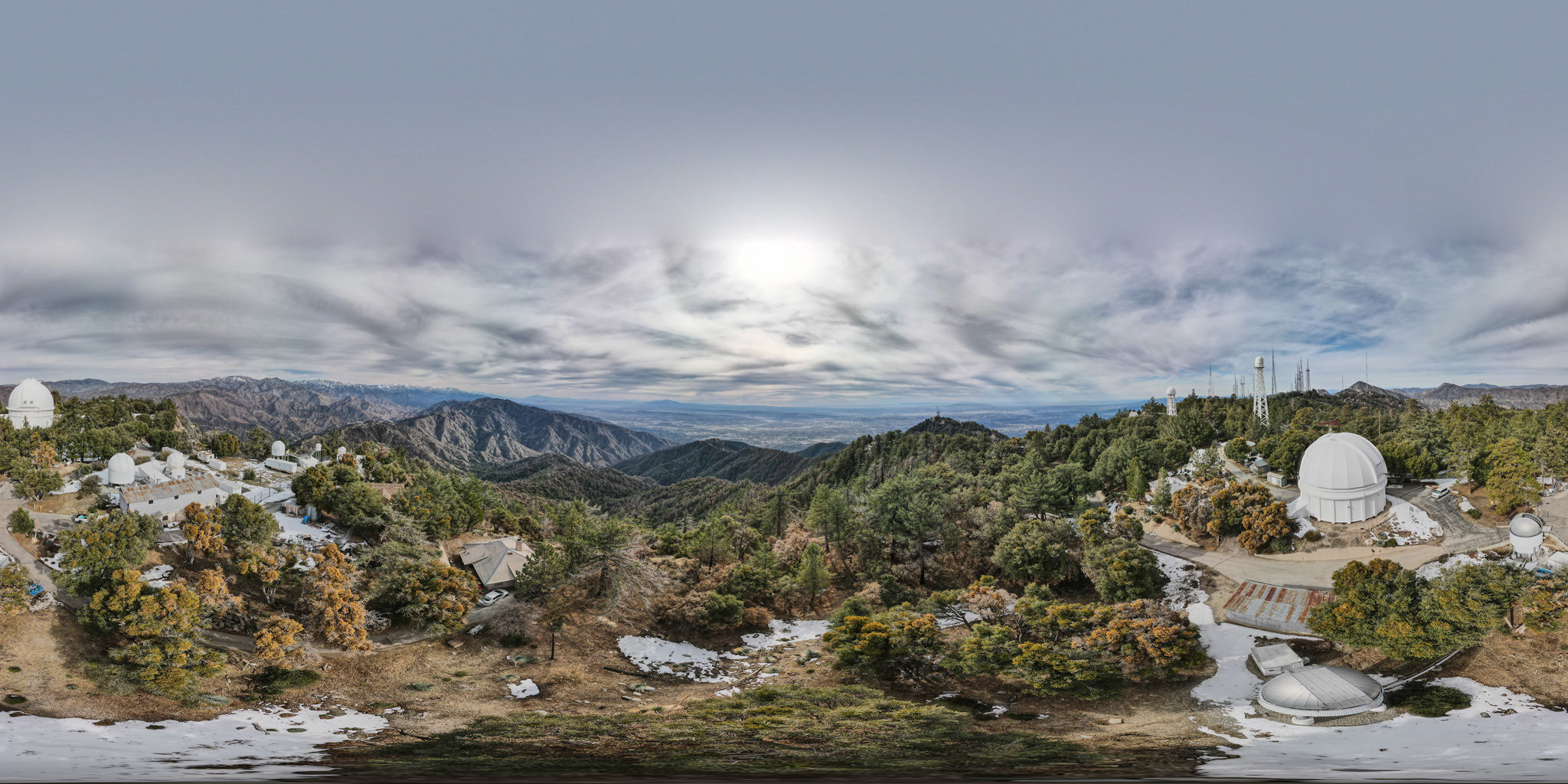
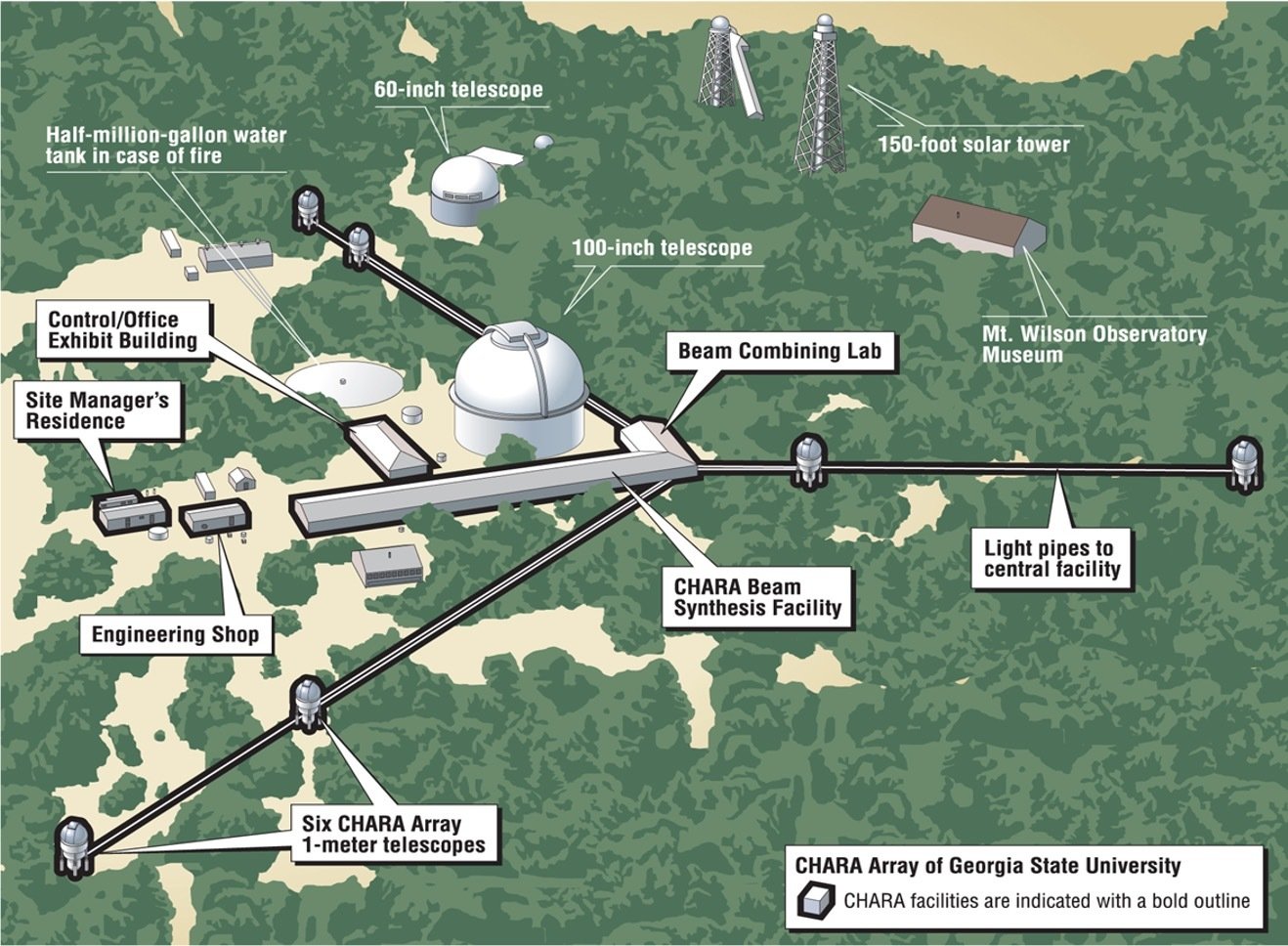
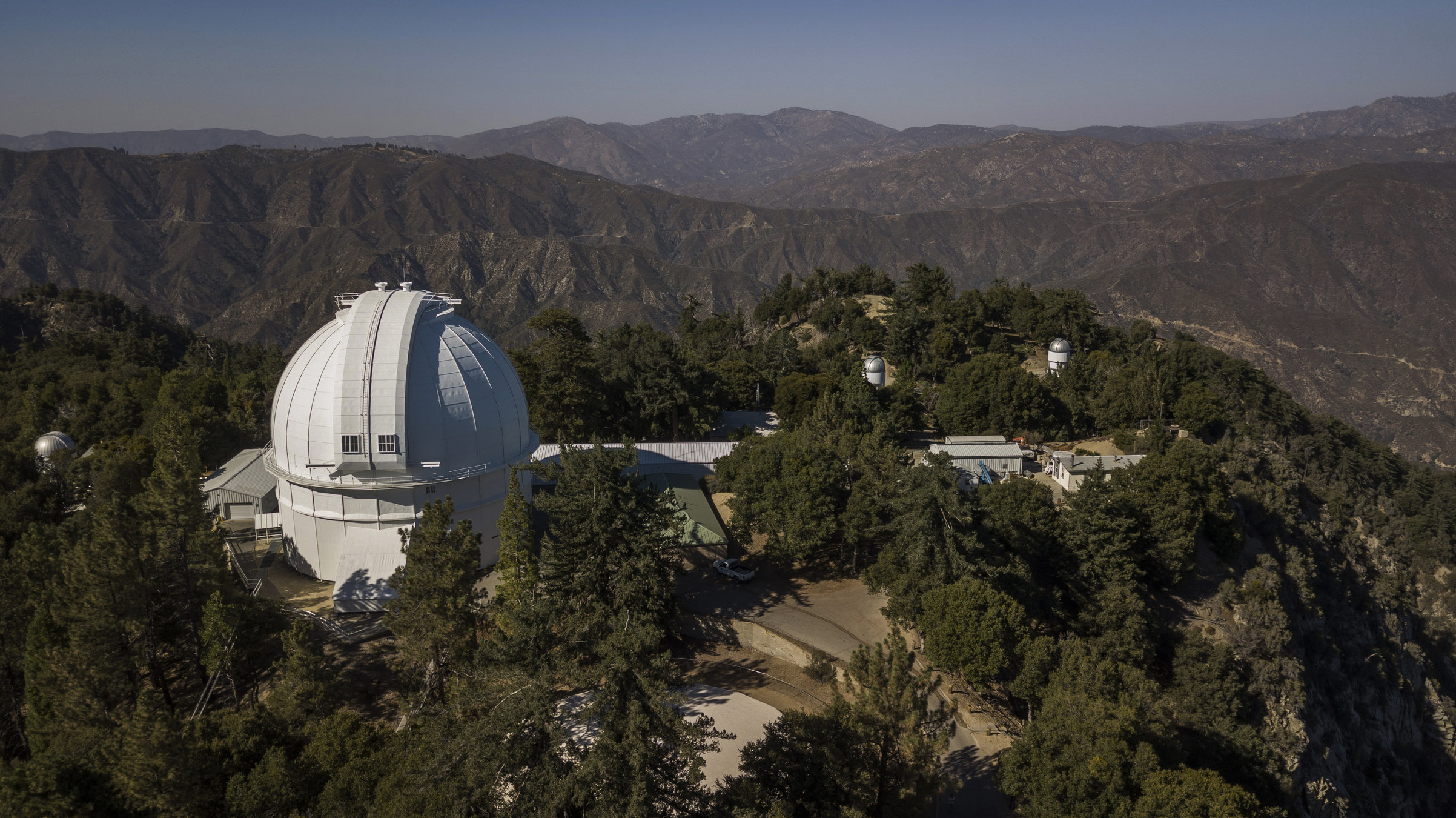
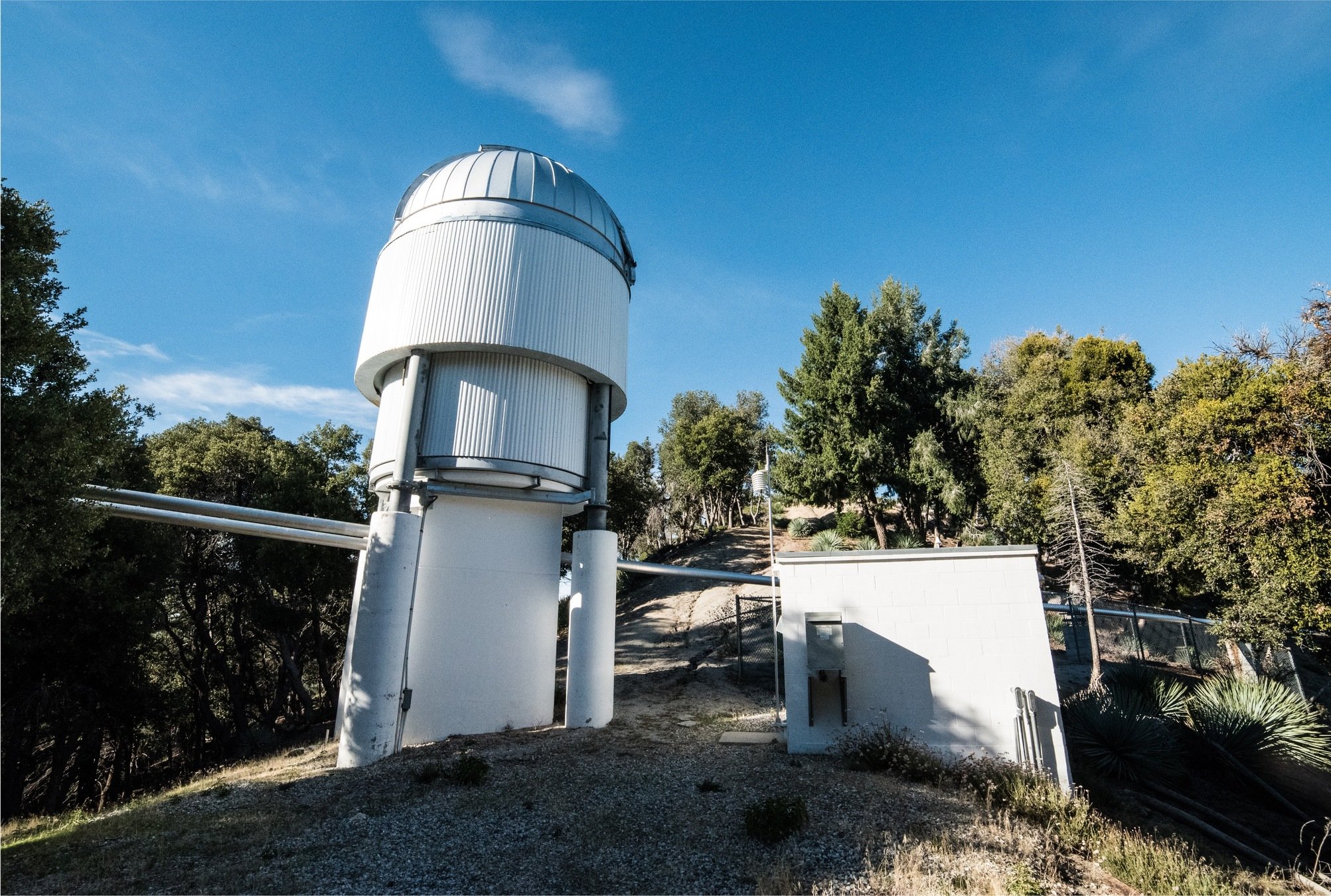
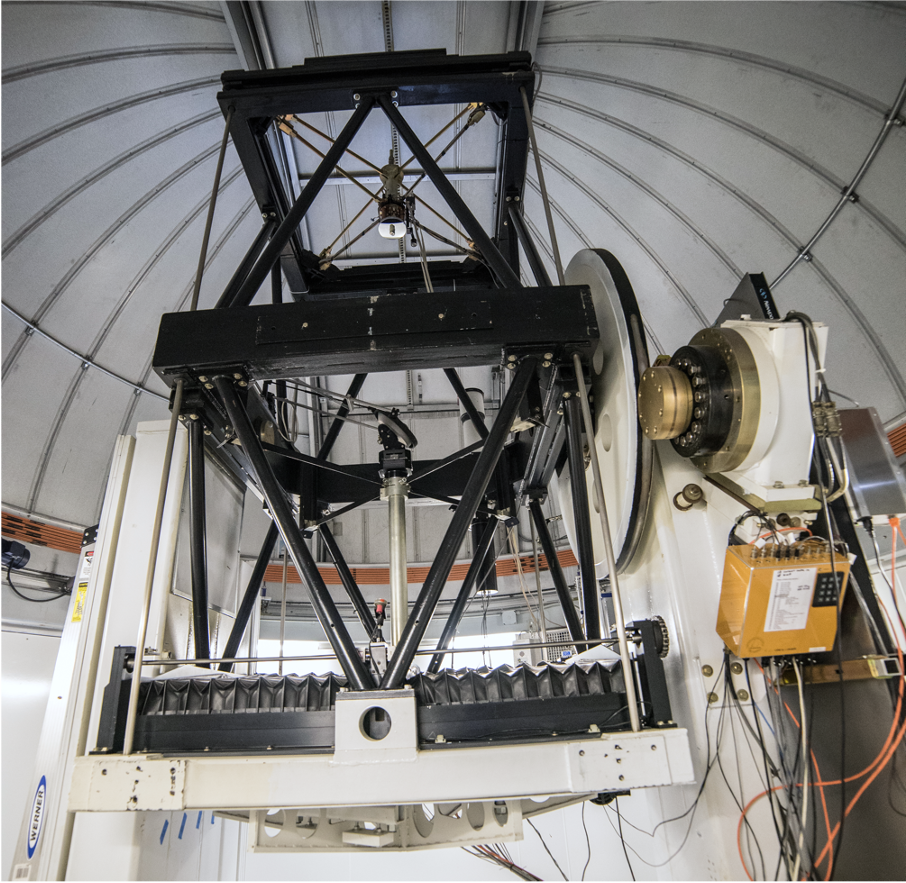
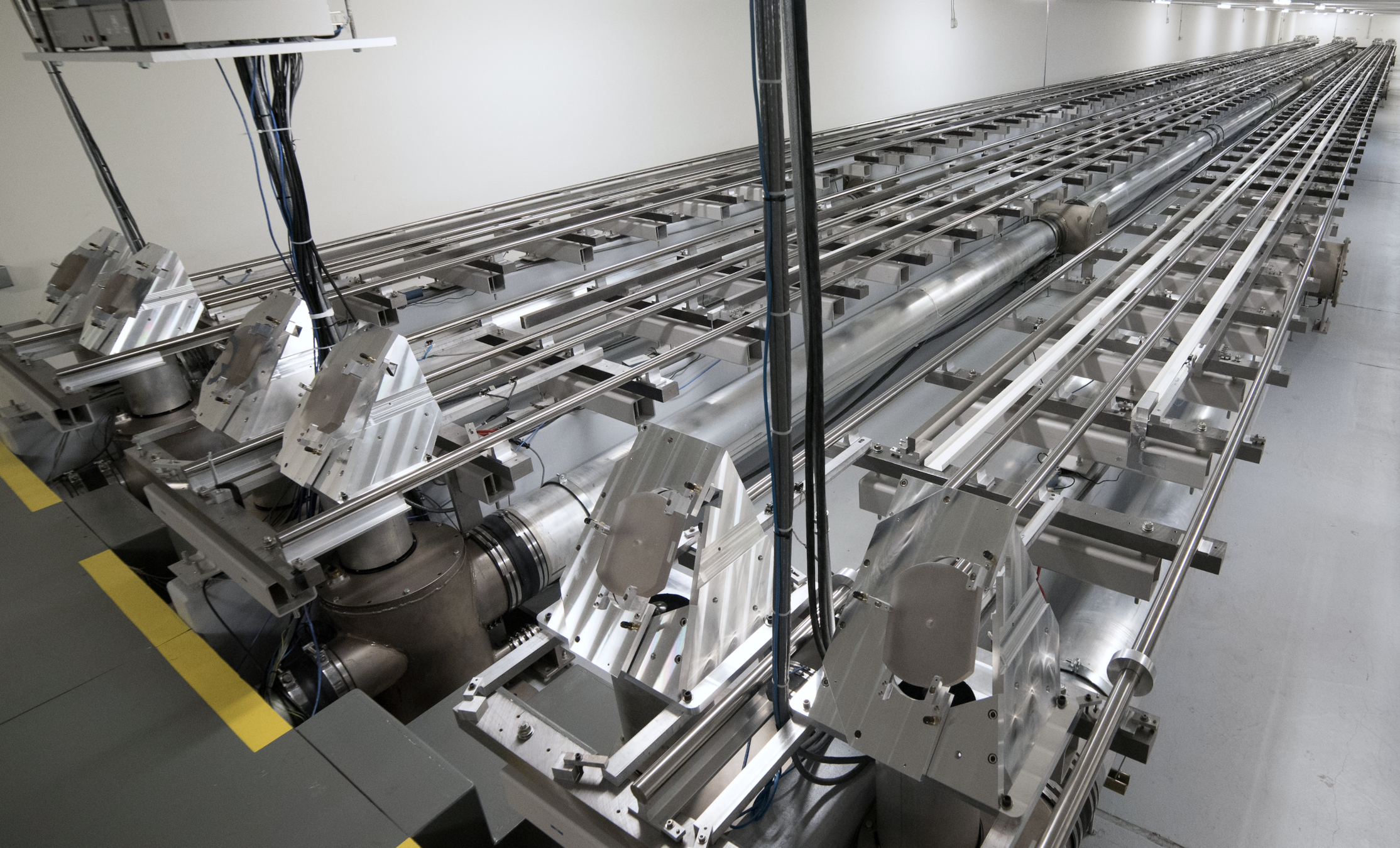

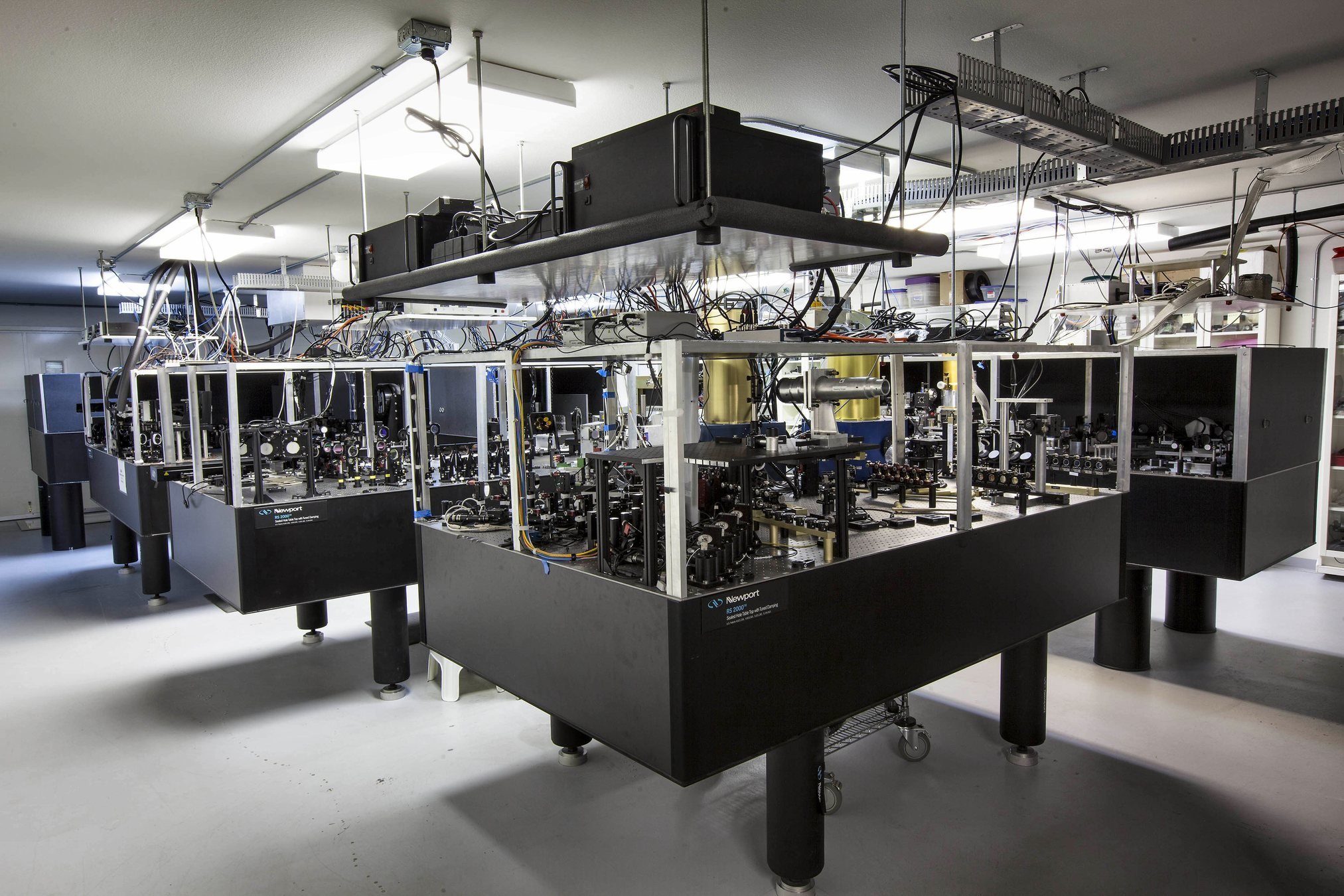
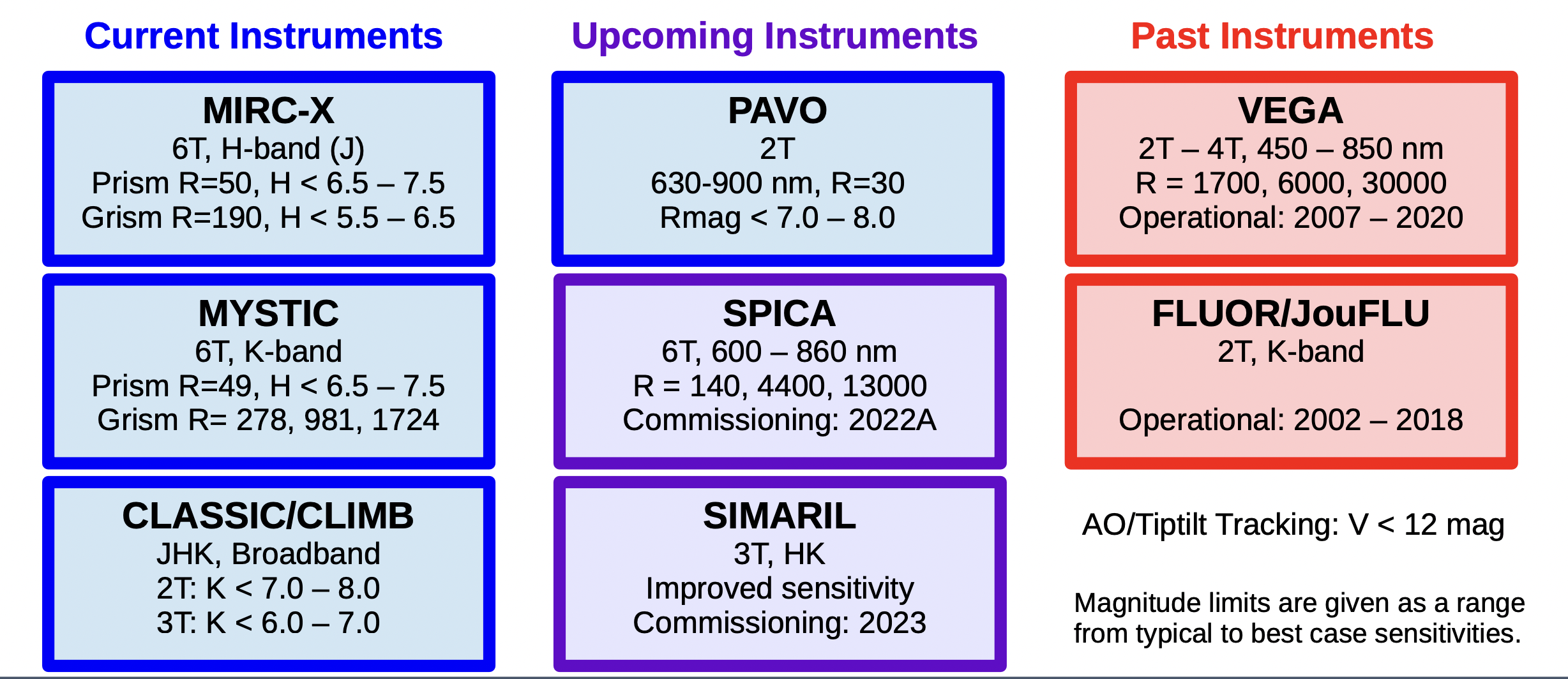
Spatial resolution
• 0.20 mas at R (650 nm)
• 0.52 mas at H (1.67 μm)
• 0.66 mas at K (2.13 μm)
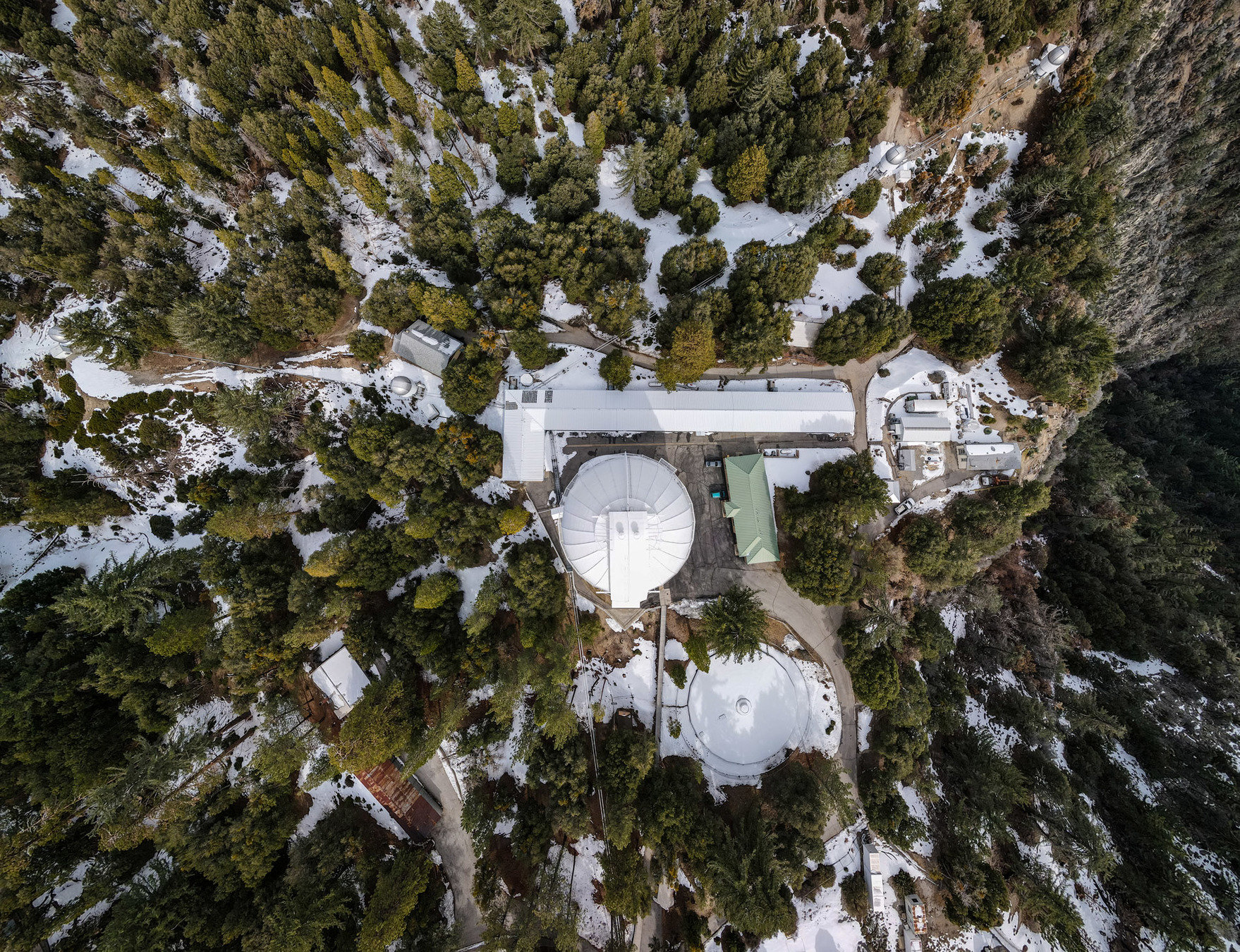
Drive upgrade project
- 12 motors total
- Using existing 24:1 Dojen gearboxes and 6.5:1 friction drives.
- Existing drives are ~25 years old & discontinued
- Reduce vibration, improve tuning
Funded as part of the Mid-Scale Innovations Program (MSIP) to replace the existing Parker DM1015B-115 motor and drive
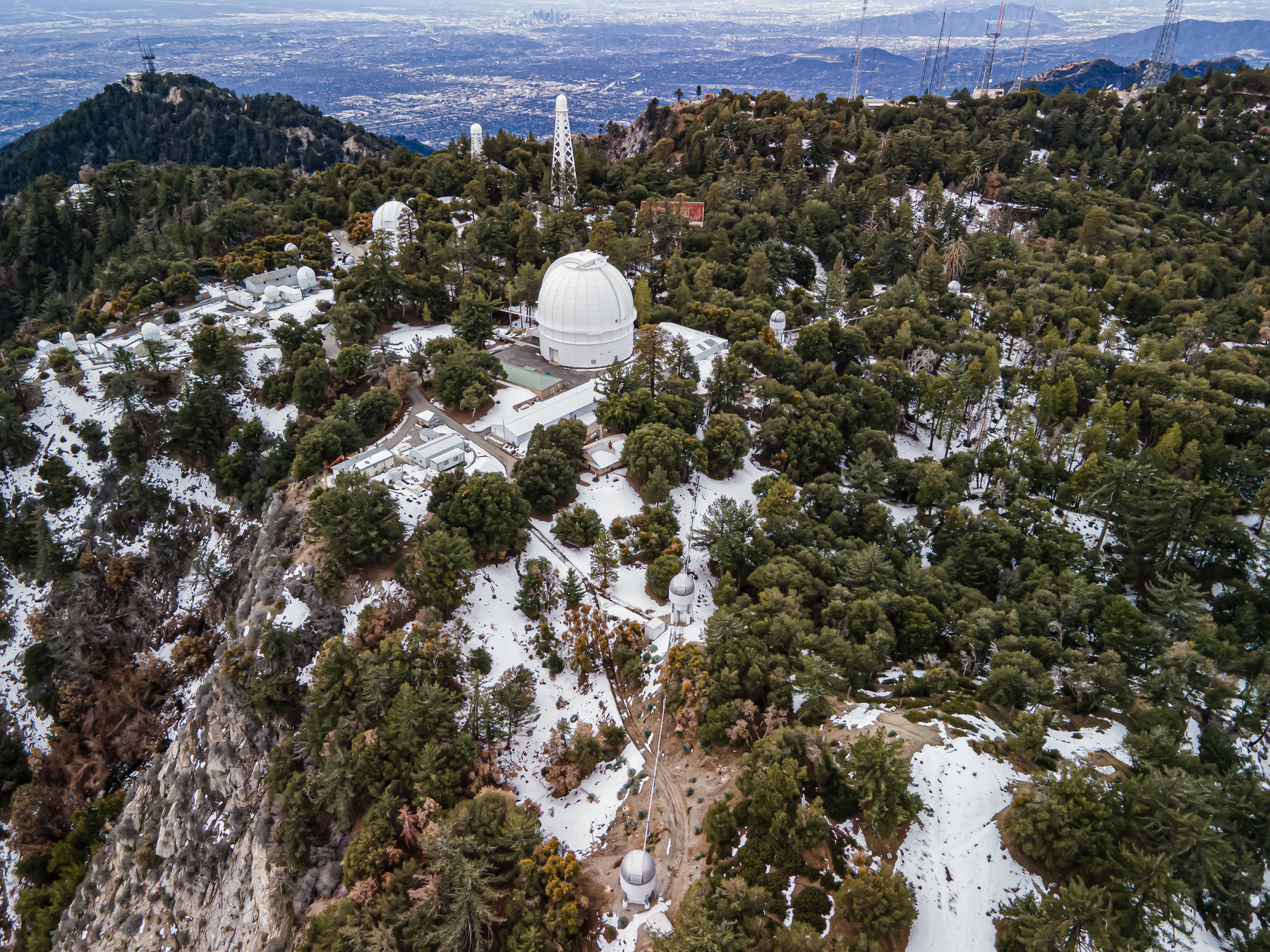
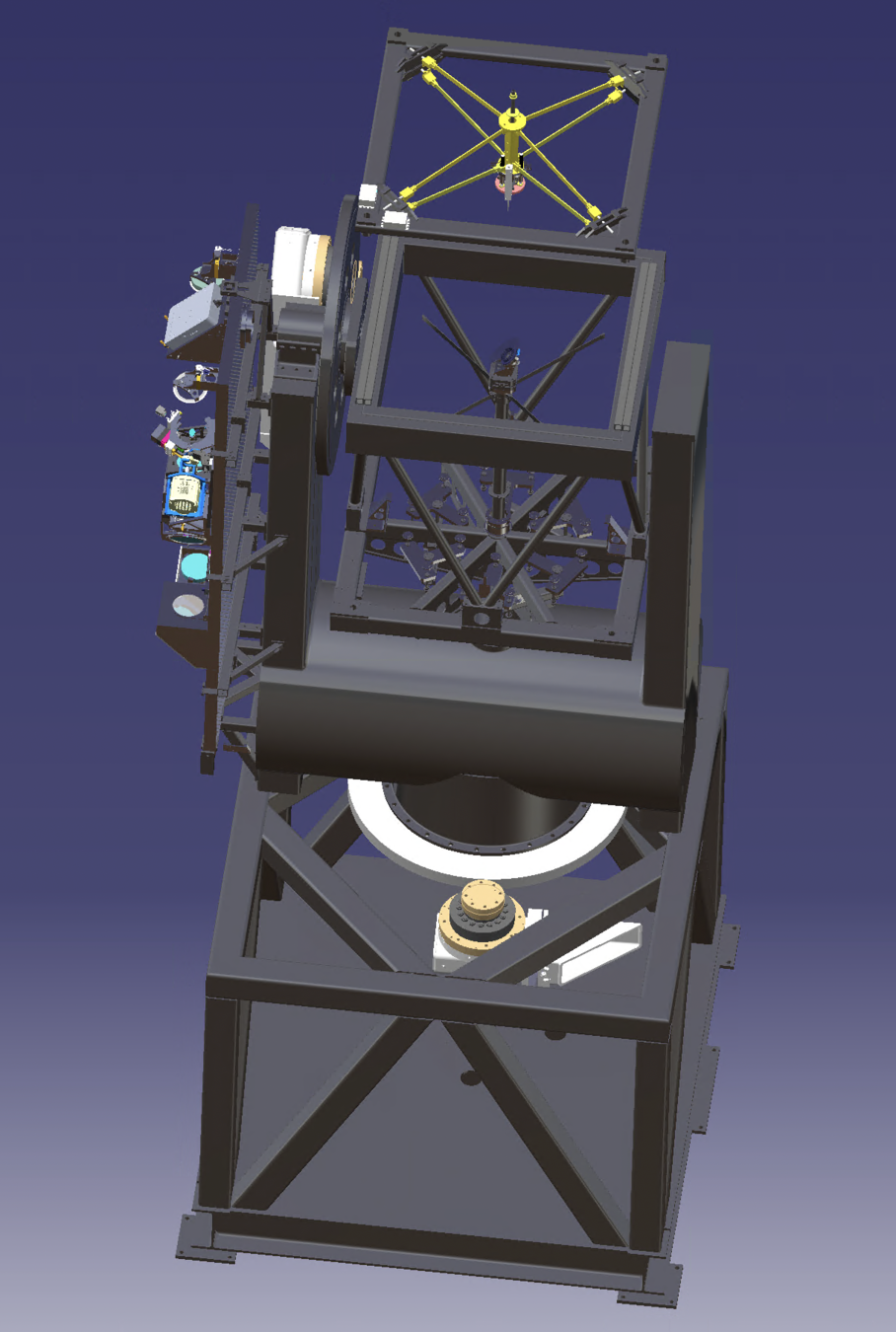

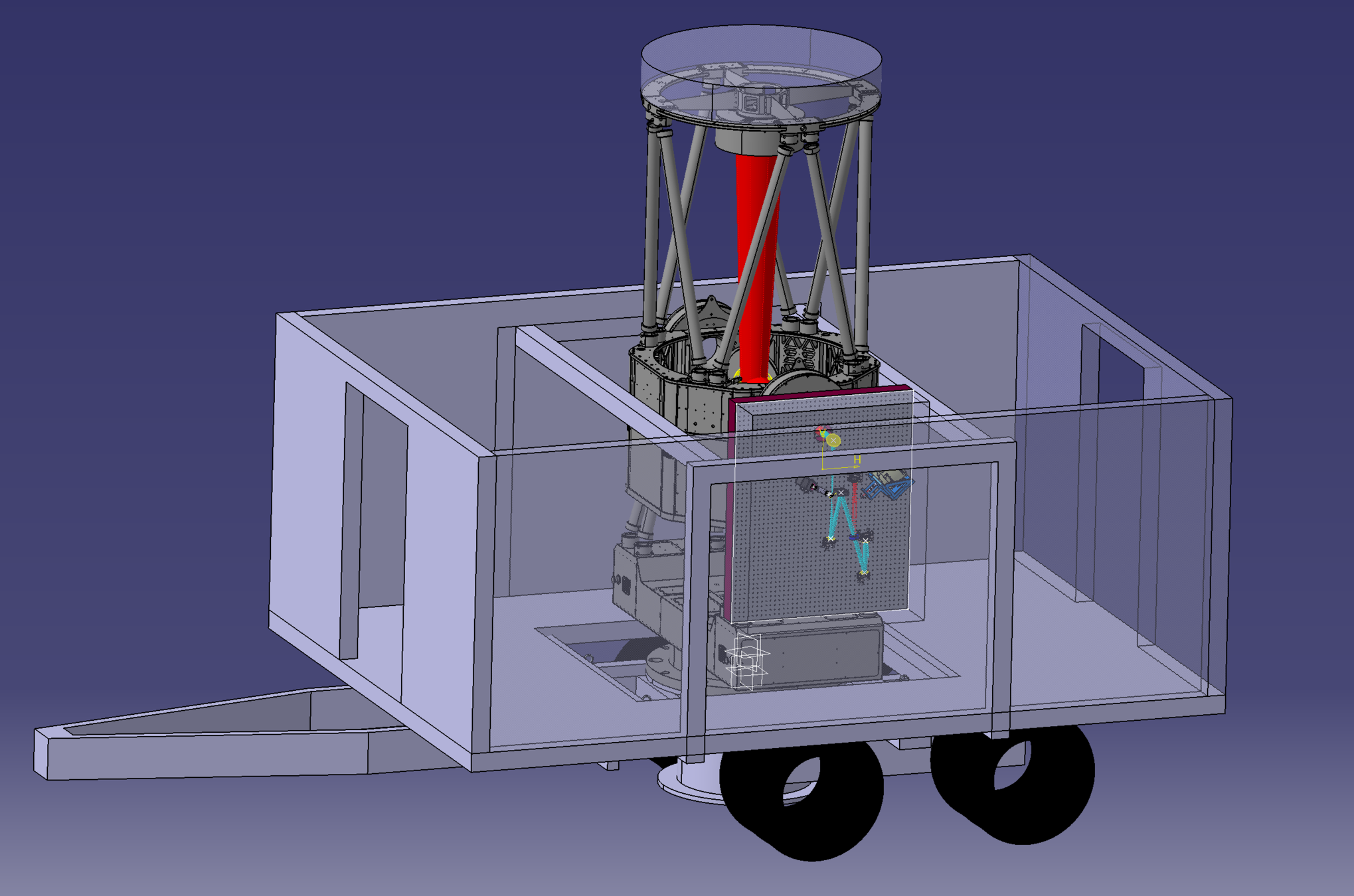
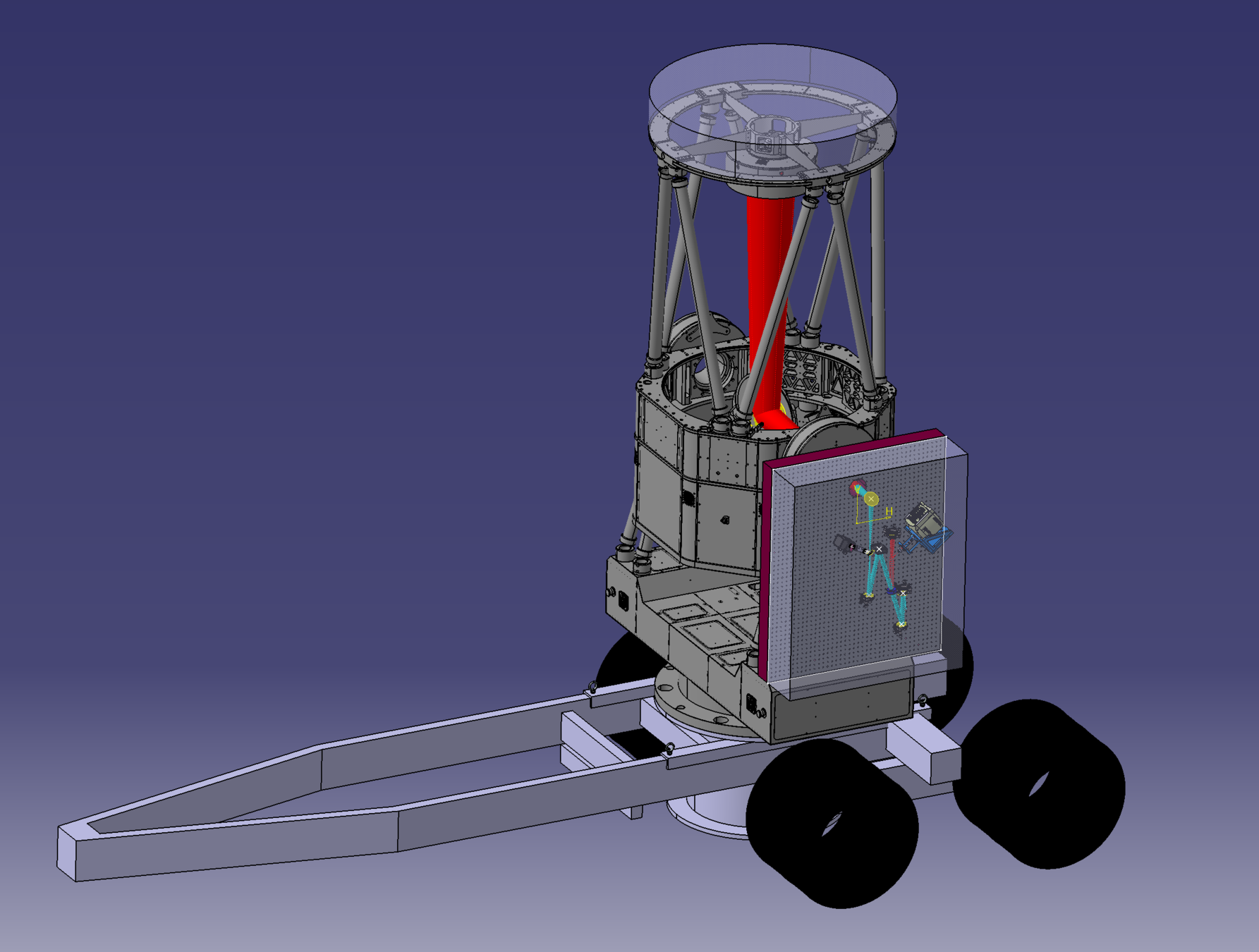
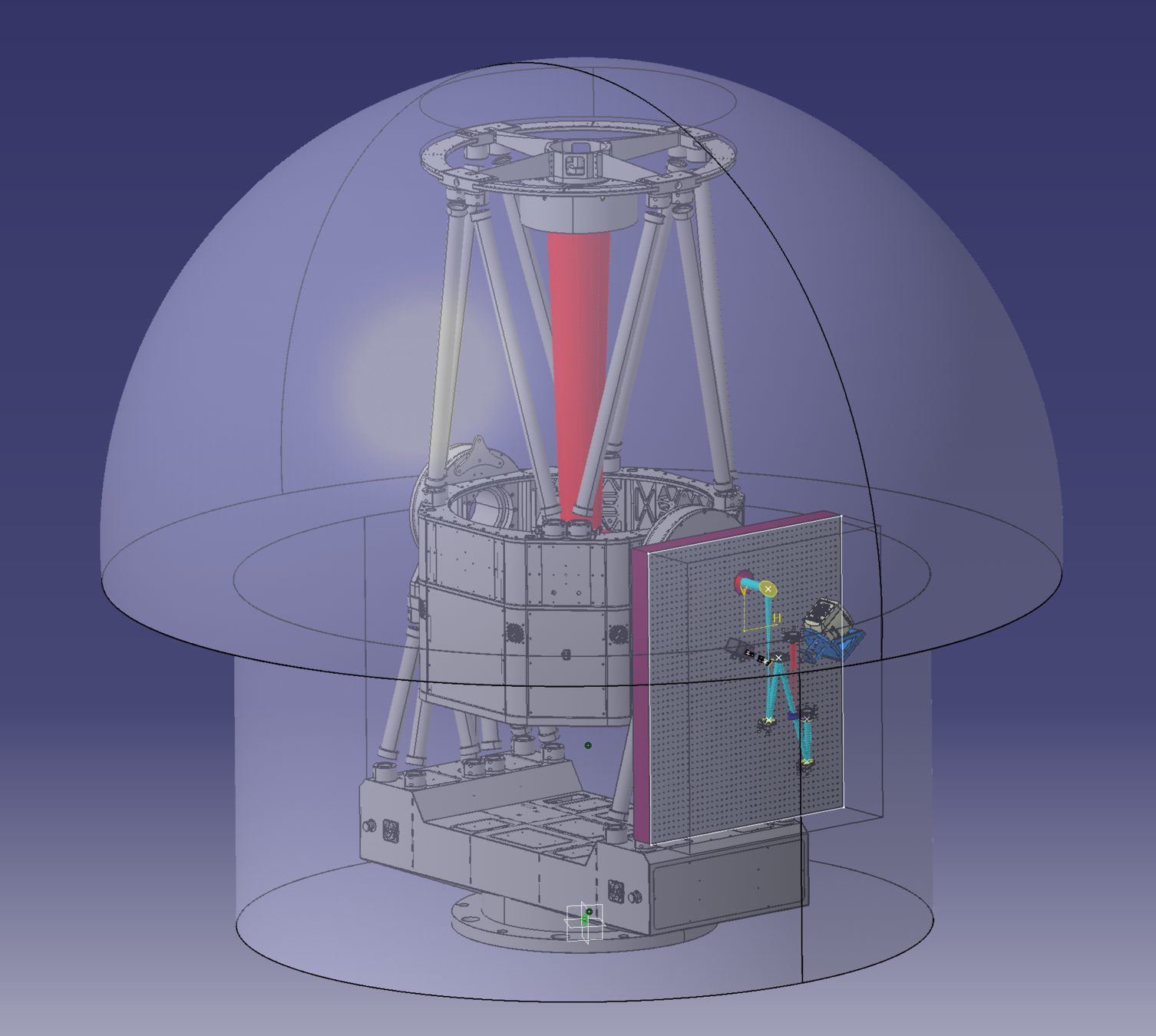
Mobile Telescope:
fiber-fed
Planewave 1m
with AO
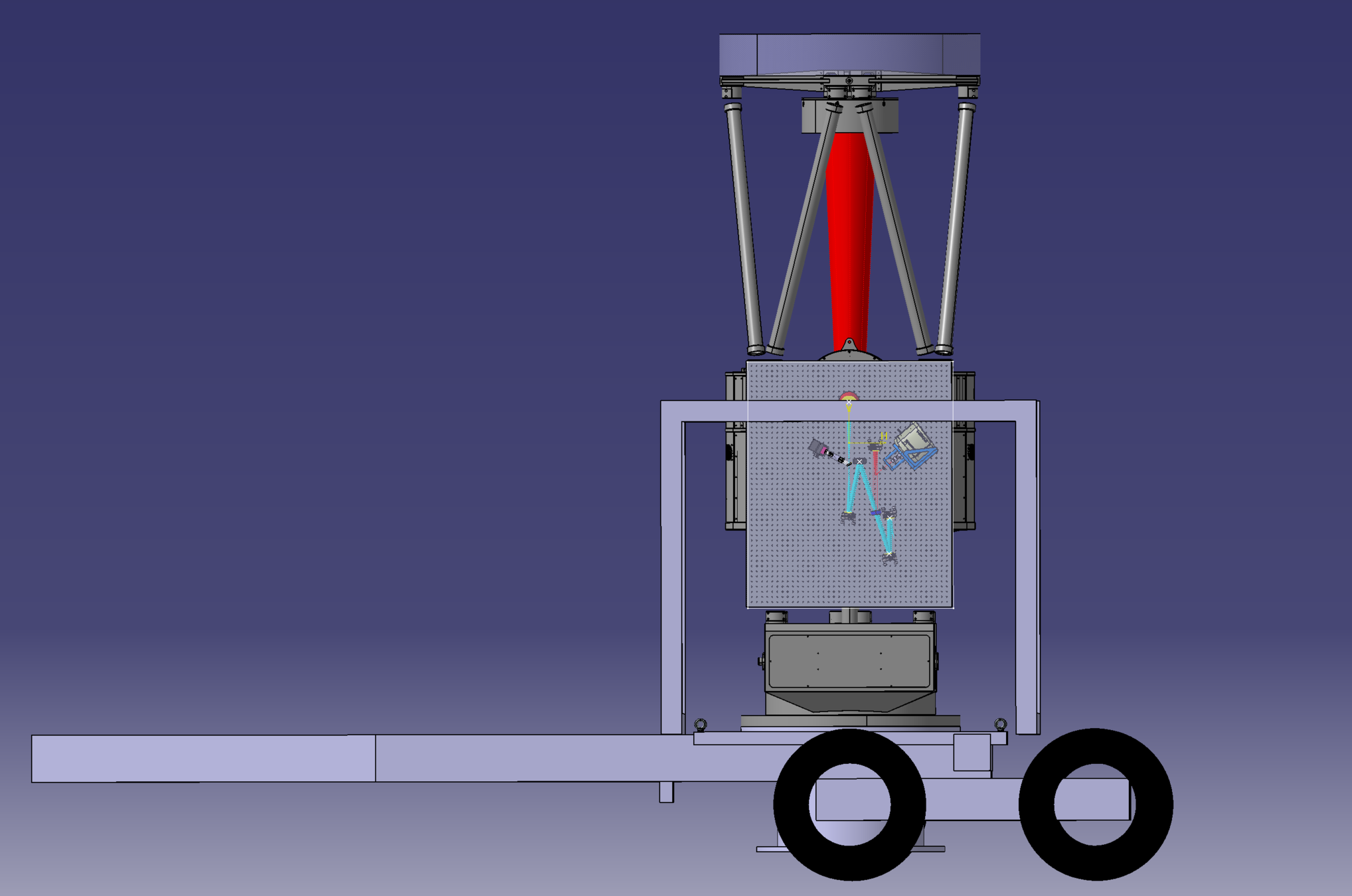


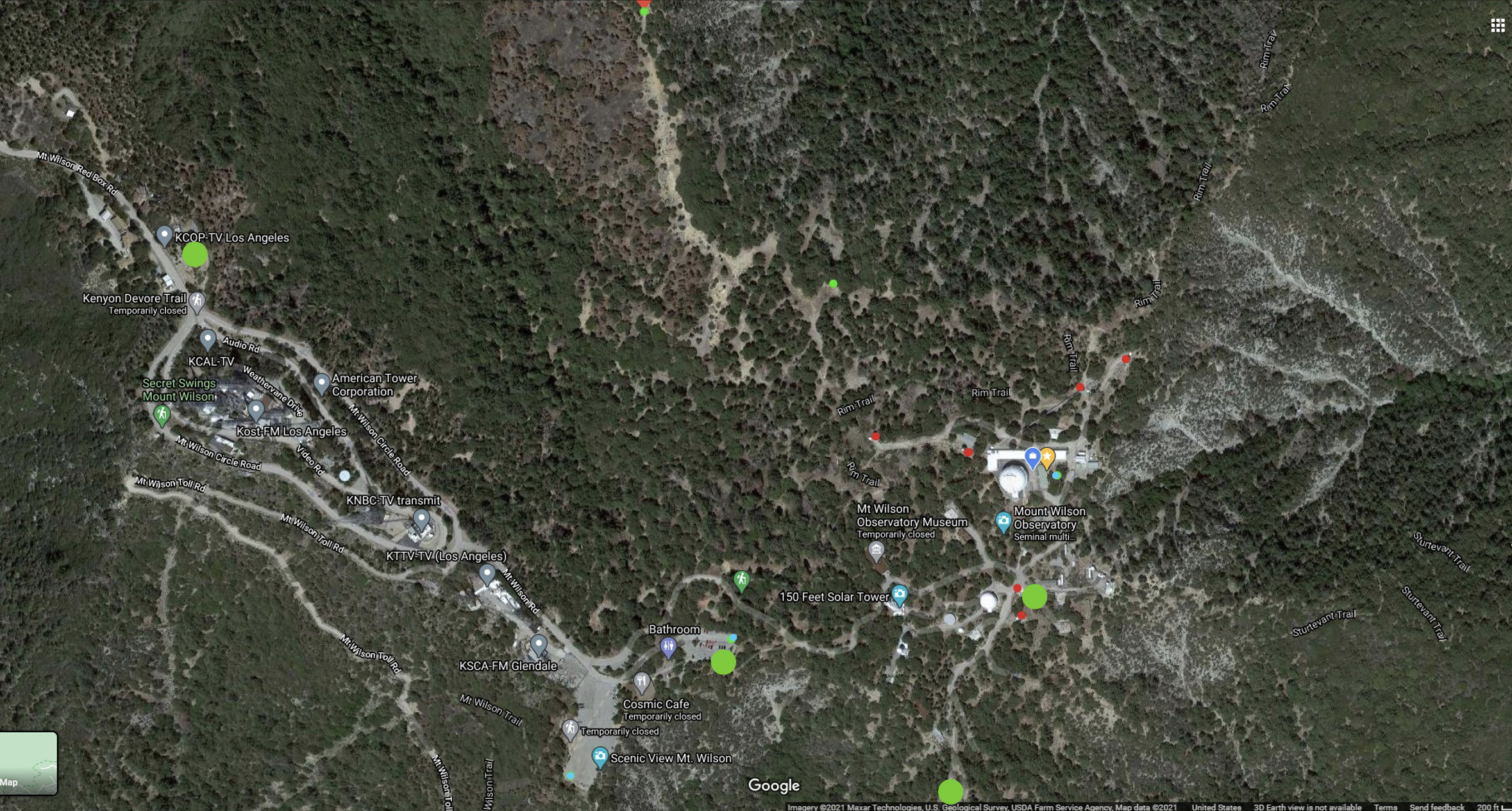

- Trial program began in 2010
- Initially 5-10 nights per year
- Support from NSF Midscale Innovations Program in 2017
- Currently offer 40 nights per semester to the community
- Expanding to 50 nights per semester over the next 2 years
- Time offered through NOIRLab call for proposals
- Semester A (Mar – Jul): due end of September
- Semester B (Aug – Dec): due end of March
Open Access
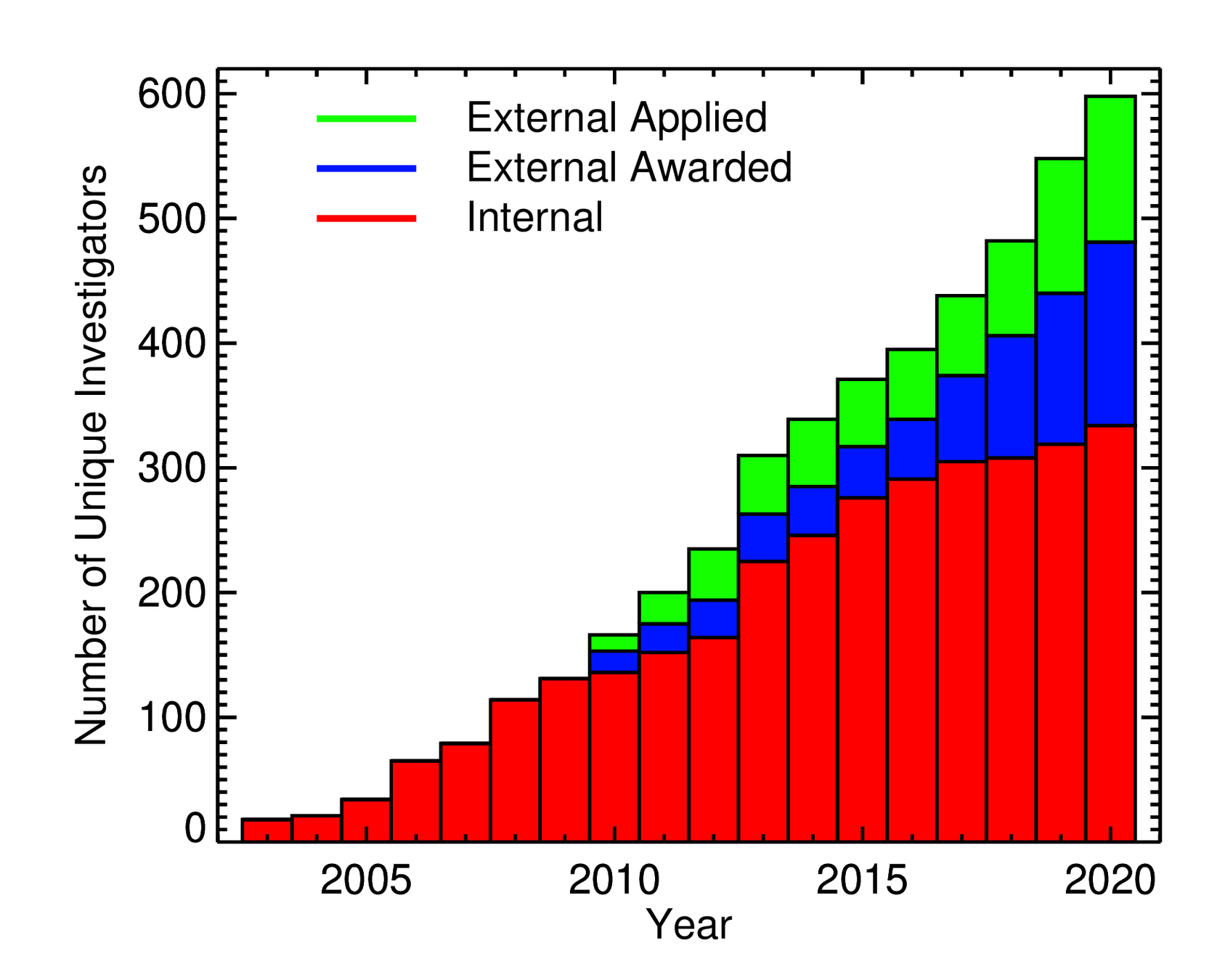
Cumulative number of internal (CHARA consortium) vs external (NOIRLab) users.
- Open access awarded time (blue)
- Applied but did not receive time (green)
Average over-subscription rate of ~ 2.3,
~350 astronomers have applied for open access time.
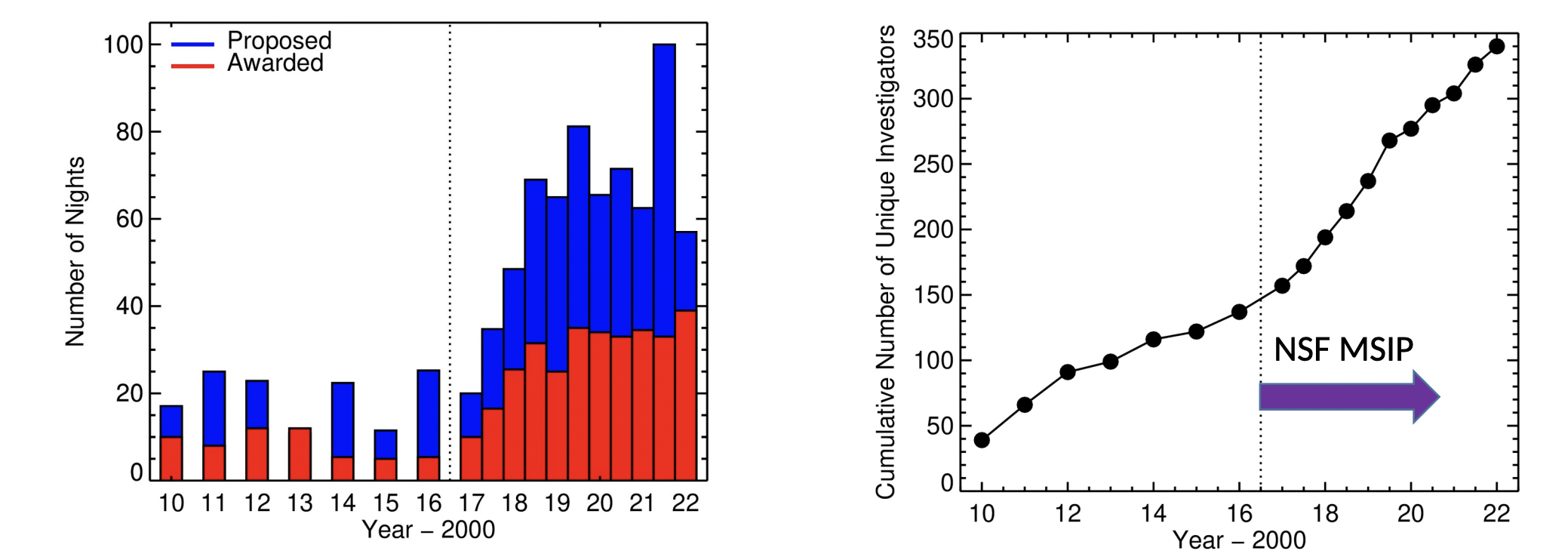
For the open access program, we provide support with planning, observing, and reducing data.
https://www.chara.gsu.edu/observers/applying-for-chara-time
NOILab proposal form:
https://time-allocation.noirlab.edu/#/
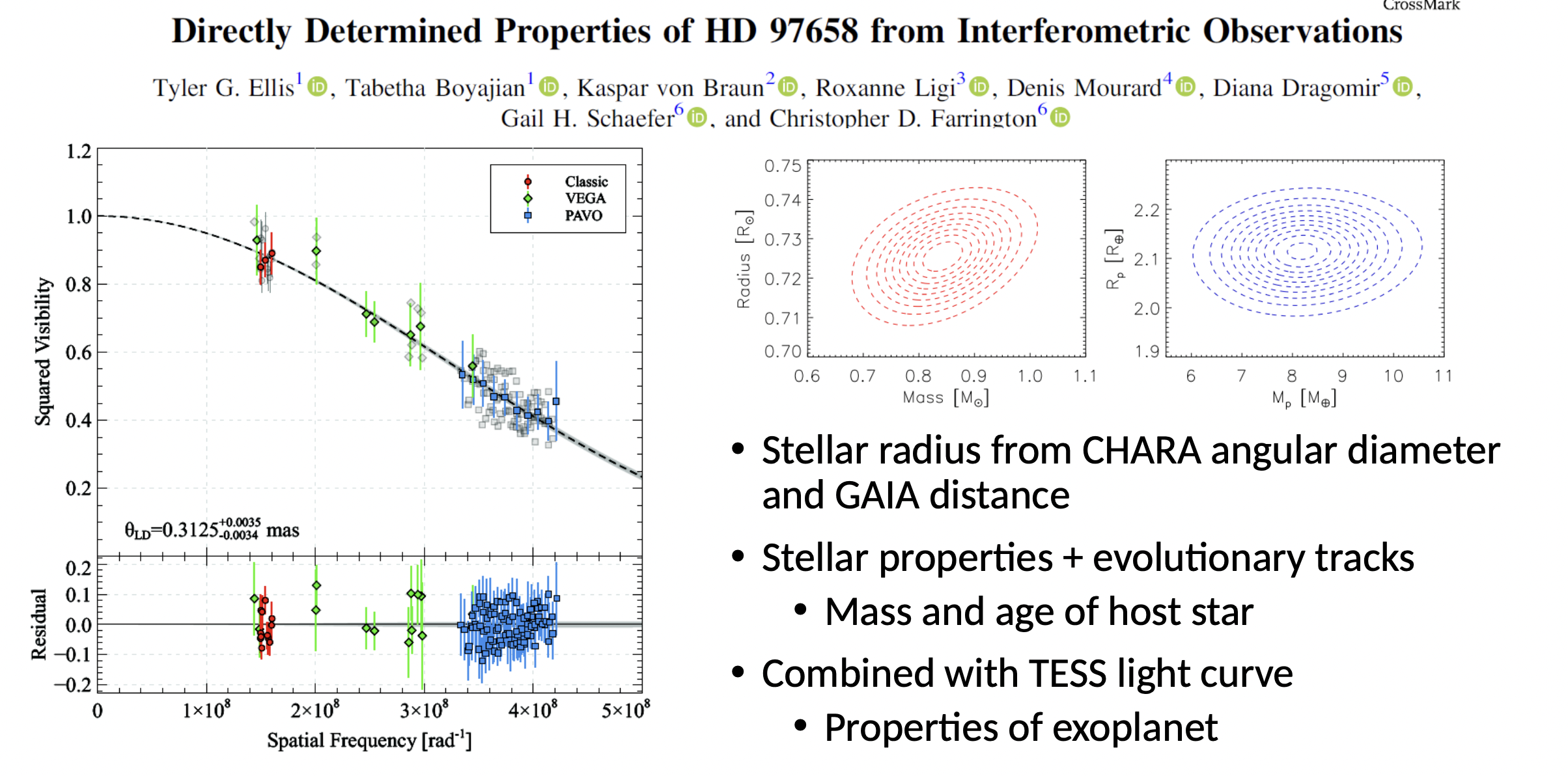
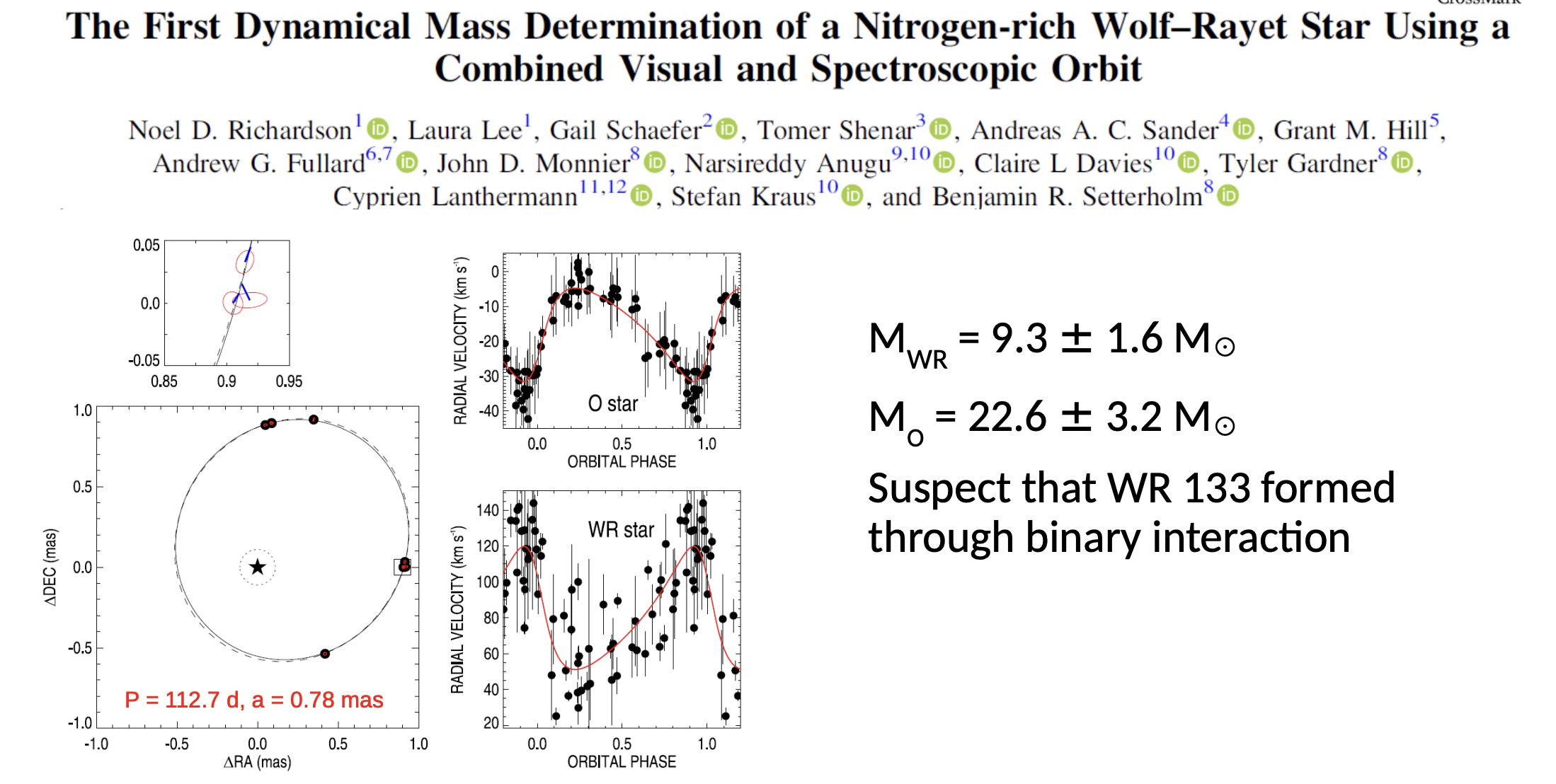



Be stars

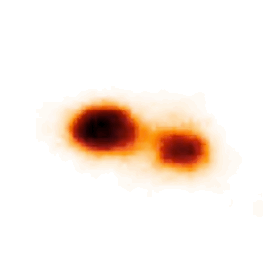
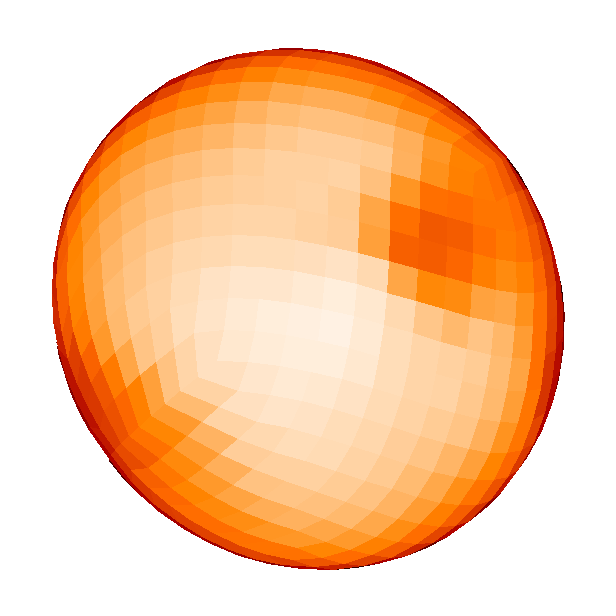
Spotted magnetic stars
Interacting binaries

Expansion curve of Nova Del 2013.


Regulus -- Che et al. 2011, ApJ, 732, 68
Rasalhague -- Zhao et al. 2009, ApJ, 701, 209
Altair -- Monnier et al. 2007, Science, 317, 324
Alderamin -- Zhao et al. 2009, ApJ, 701, 209
Beta Cas -- Che et al. 2011, ApJ, 732, 68
speckle_retreat
By Nic Scott
speckle_retreat
- 776



